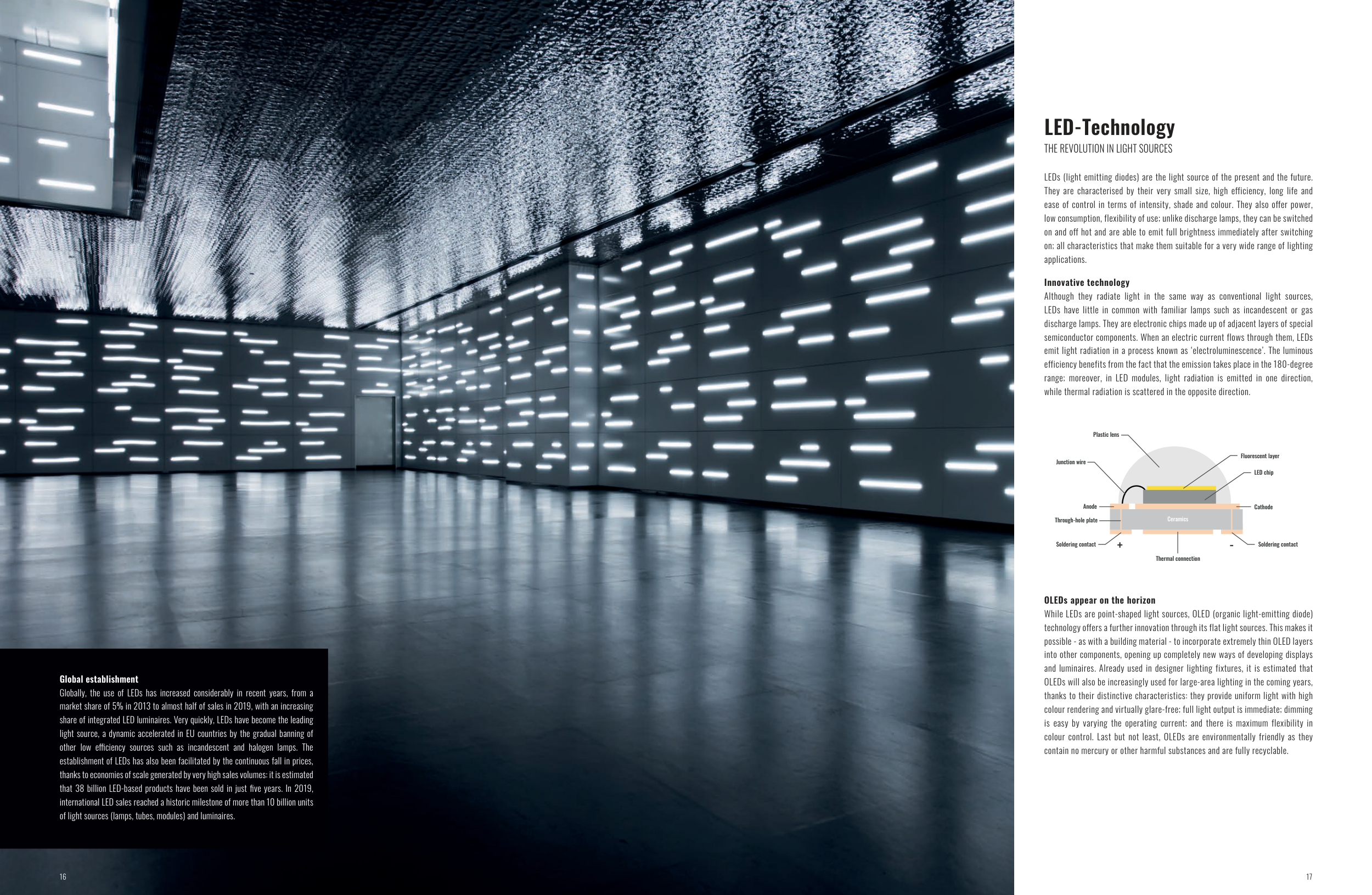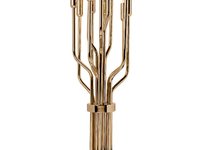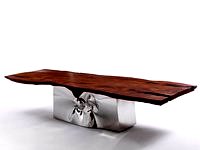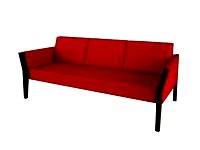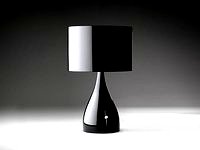LEDs (light emitting diodes) are the light source of the present and the future.
They are characterised by their very small size, high efficiency, long life and
ease of control in terms of intensity, shade and colour. They also offer power,
low consumption, flexibility of use; unlike discharge lamps, they can be switched
on and off hot and are able to emit full brightness immediately after switching
on; all characteristics that make them suitable for a very wide range of lighting
applications.
Innovative technology
Although they radiate light in the same way as conventional light sources,
LEDs have little in common with familiar lamps such as incandescent or gas
discharge lamps. They are electronic chips made up of adjacent layers of special
semiconductor components. When an electric current flows through them, LEDs
emit light radiation in a process known as ‘electroluminescence’. The luminous
efficiency benefits from the fact that the emission takes place in the 180-degree
range; moreover, in LED modules, light radiation is emitted in one direction,
while thermal radiation is scattered in the opposite direction.
OLEDs appear on the horizon
While LEDs are point-shaped light sources, OLED (organic light-emitting diode)
technology offers a further innovation through its flat light sources. This makes it
possible - as with a building material - to incorporate extremely thin OLED layers
into other components, opening up completely new ways of developing displays
and luminaires. Already used in designer lighting fixtures, it is estimated that
OLEDs will also be increasingly used for large-area lighting in the coming years,
thanks to their distinctive characteristics: they provide uniform light with high
colour rendering and virtually glare-free; full light output is immediate; dimming
is easy by varying the operating current; and there is maximum flexibility in
colour control. Last but not least, OLEDs are environmentally friendly as they
contain no mercury or other harmful substances and are fully recyclable.
LED-Technology
THE REVOLUTION IN LIGHT SOURCES
Anode
Through-hole plate
-
+
Fluorescent layer
Plastic lens
LED chip
Thermal connection
Soldering contact
Soldering contact
Ceramics
Junction wire
Cathode
Global establishment
Globally, the use of LEDs has increased considerably in recent years, from a
market share of 5% in 2013 to almost half of sales in 2019, with an increasing
share of integrated LED luminaires. Very quickly, LEDs have become the leading
light source, a dynamic accelerated in EU countries by the gradual banning of
other low effi ciency sources such as incandescent and halogen lamps. The
establishment of LEDs has also been facilitated by the continuous fall in prices,
thanks to economies of scale generated by very high sales volumes: it is estimated
that 38 billion LED-based products have been sold in just fi ve years. In 2019,
international LED sales reached a historic milestone of more than 10 billion units
of light sources (lamps, tubes, modules) and luminaires.
17
16


